Guide to Data Warehouse: Concepts, Schemas and Benefits Explained
Astera
APRIL 13, 2023
In the digital age, a data warehouse plays a crucial role in businesses across several industries. It provides a systematic way to collect and analyze large amounts of data from multiple sources, such as marketing, sales, finance databases, and web analytics. What is a Data Warehouse?

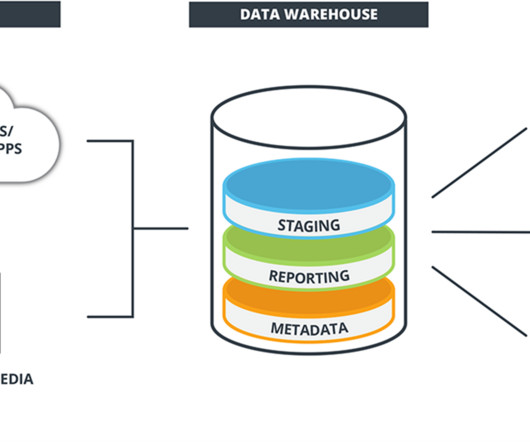
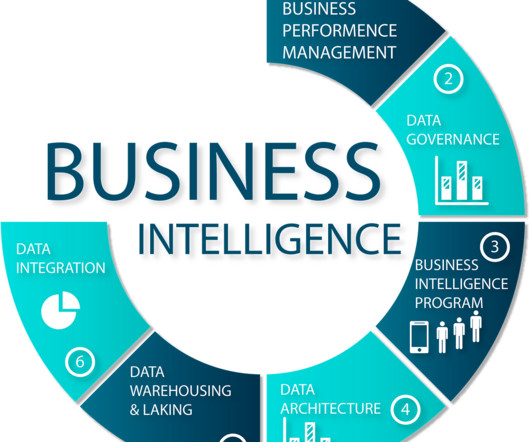


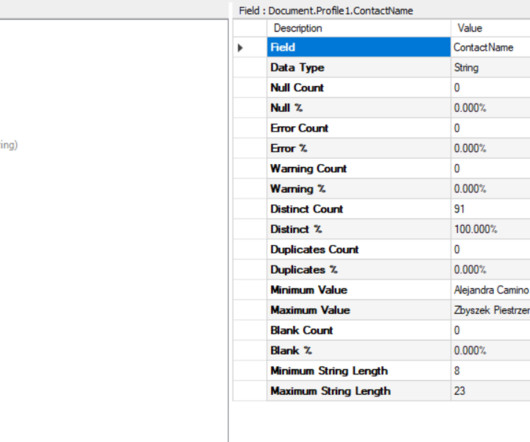

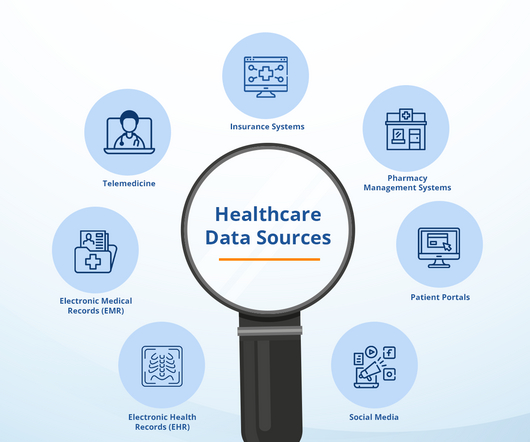
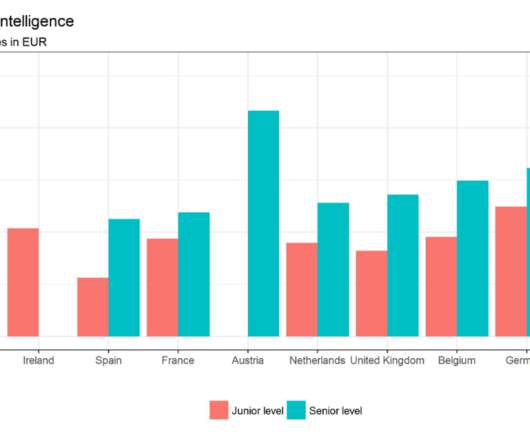
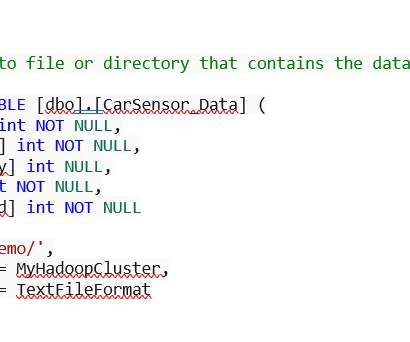







Let's personalize your content